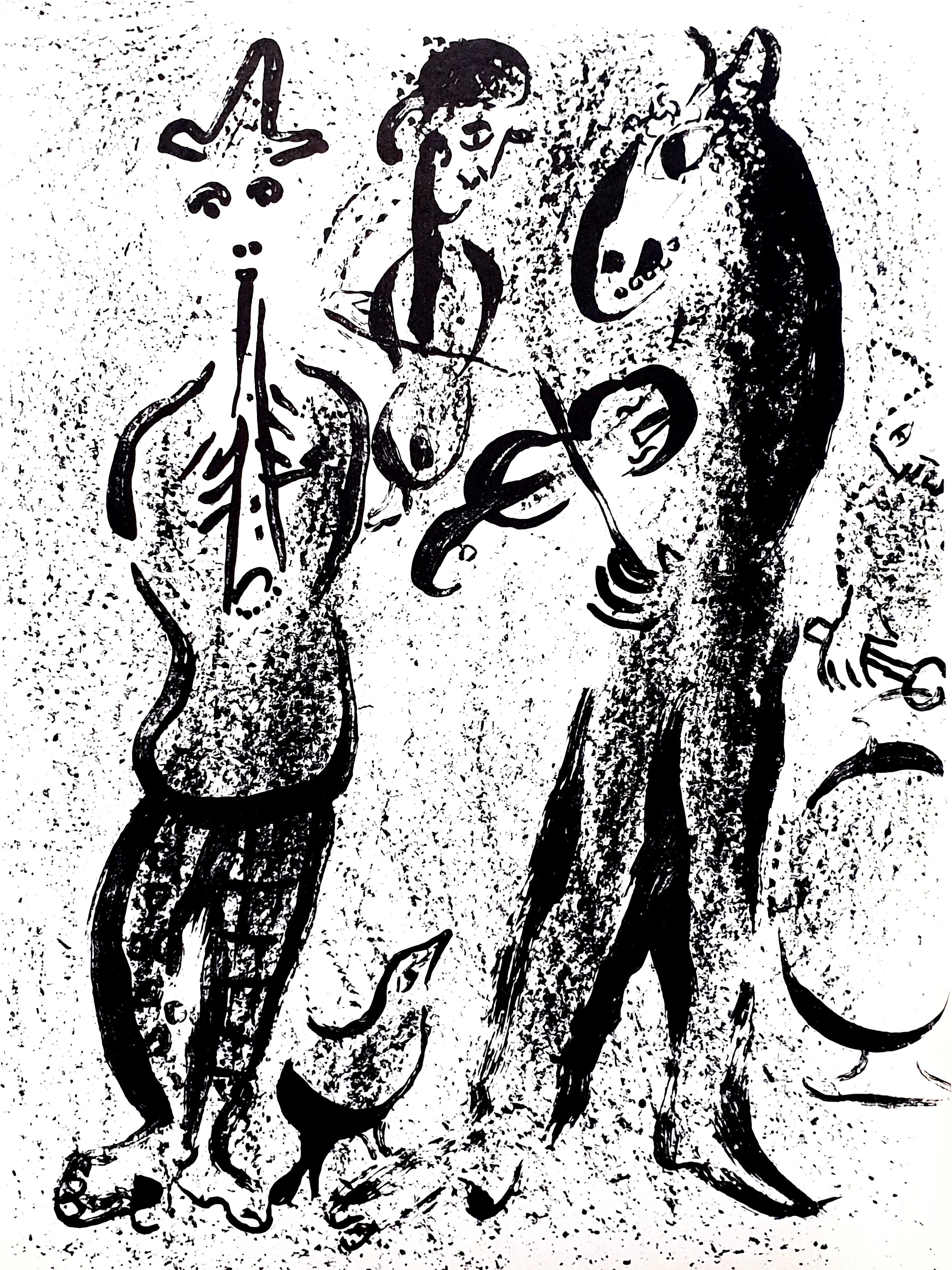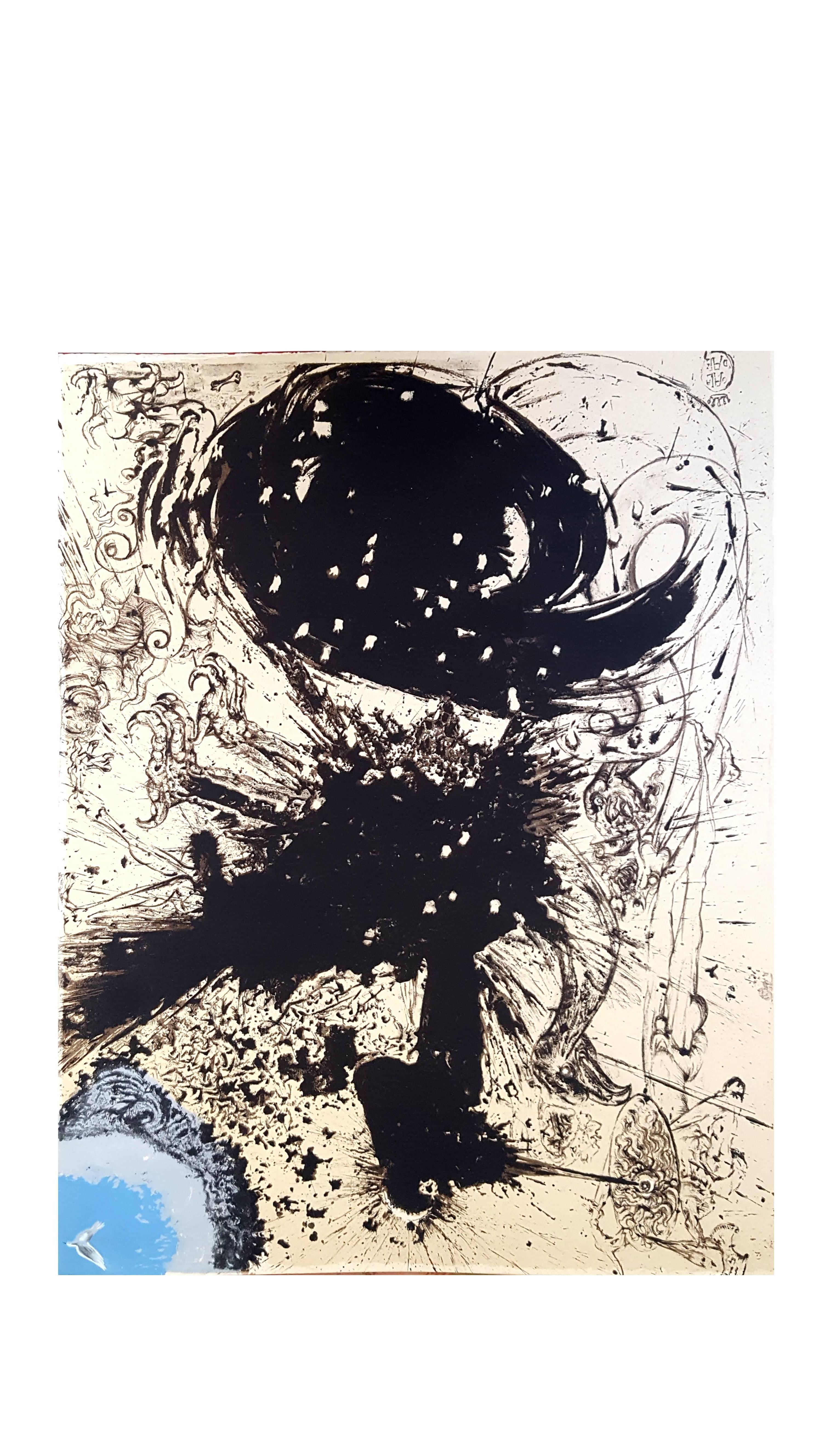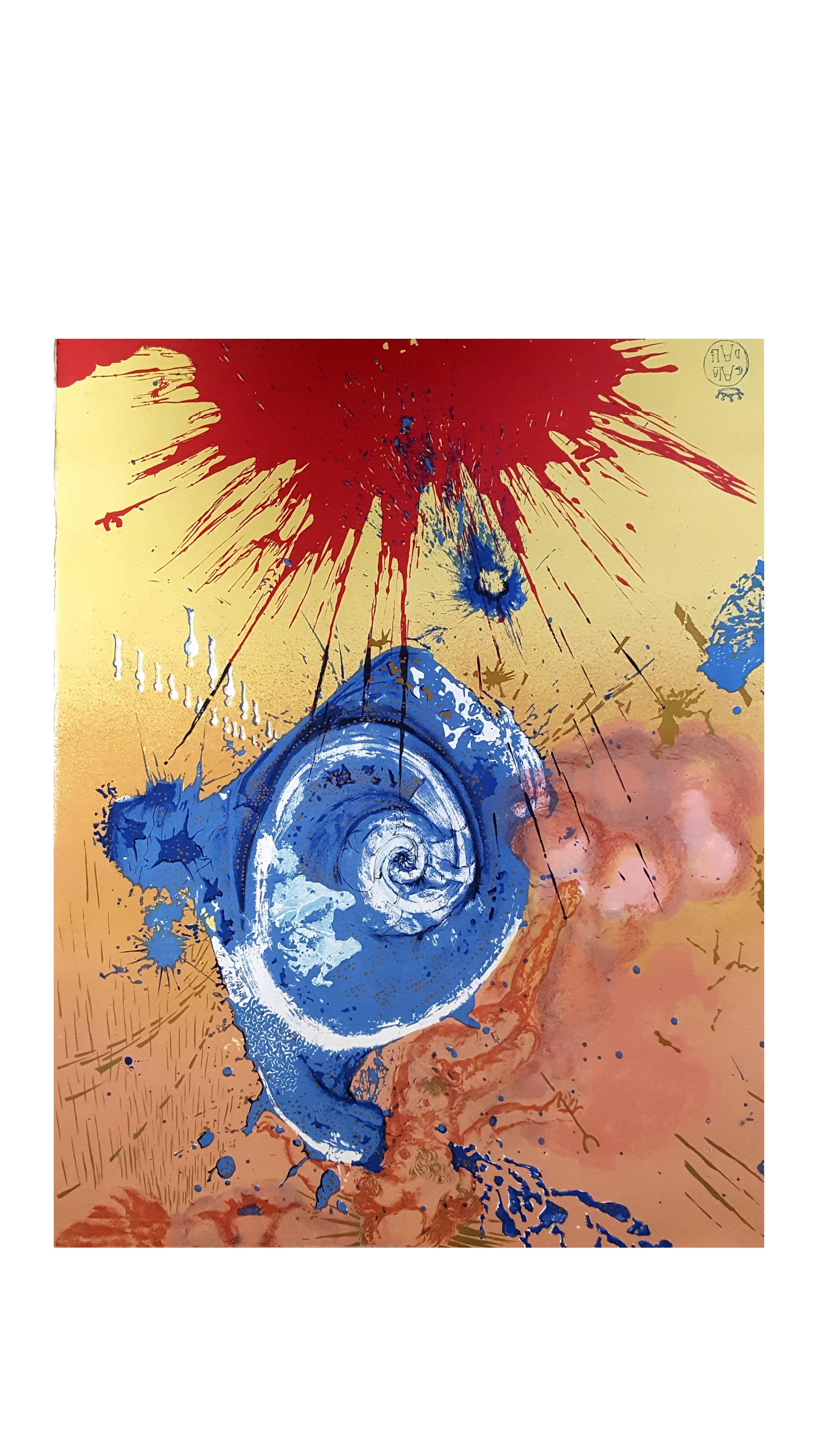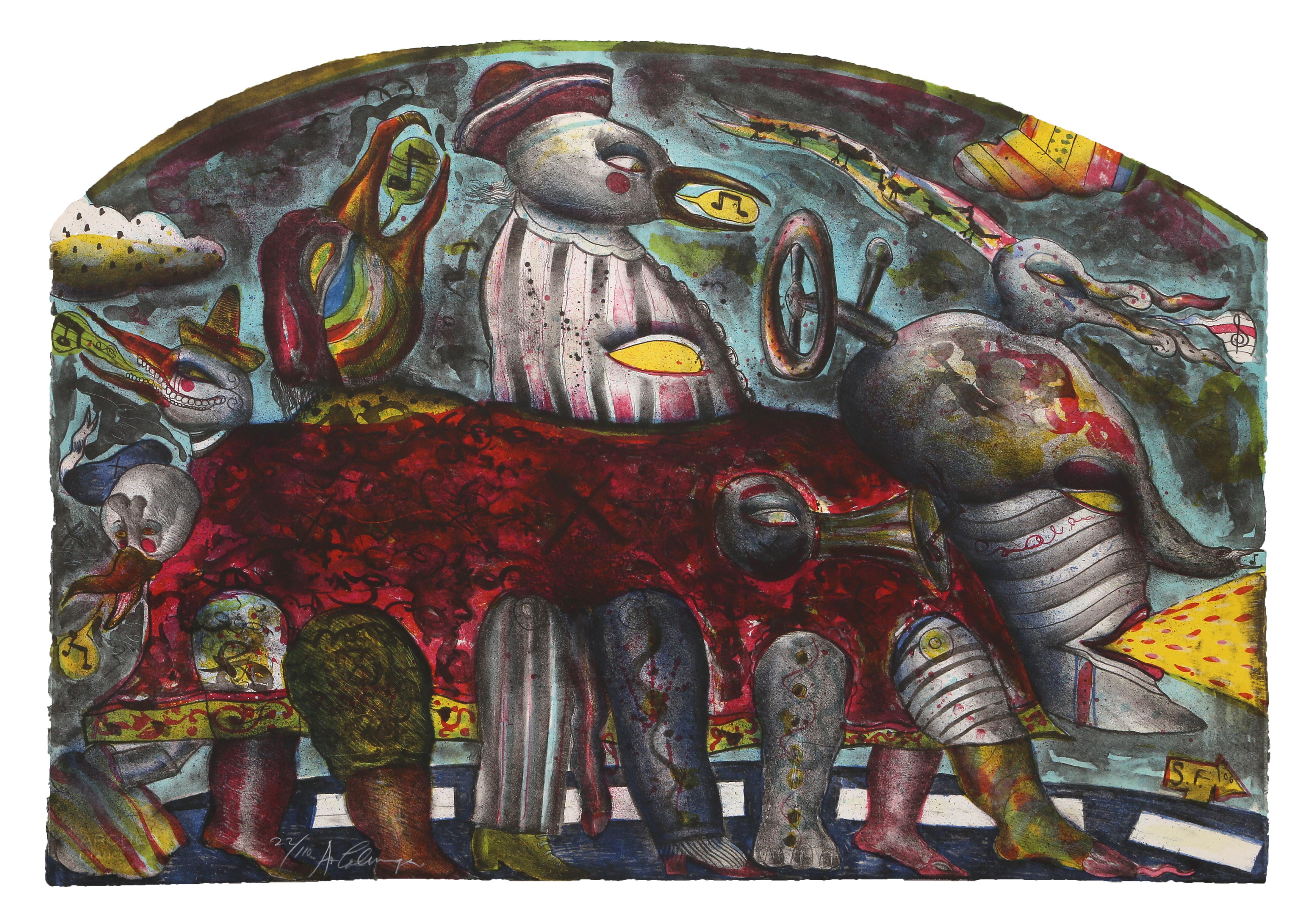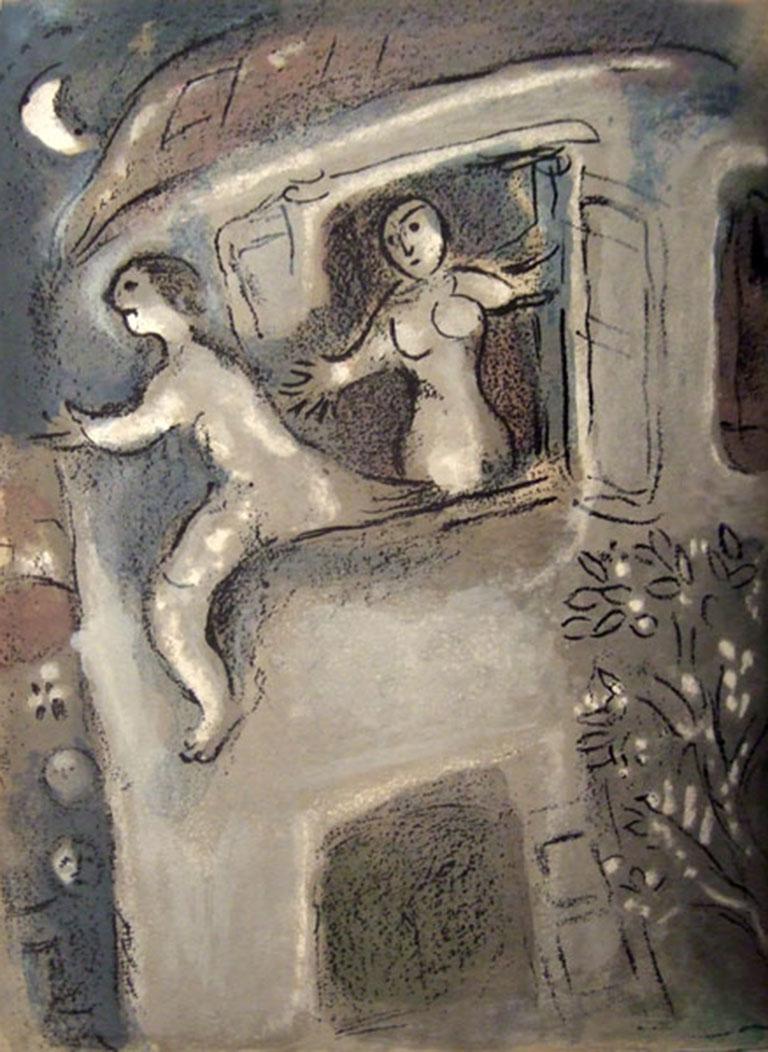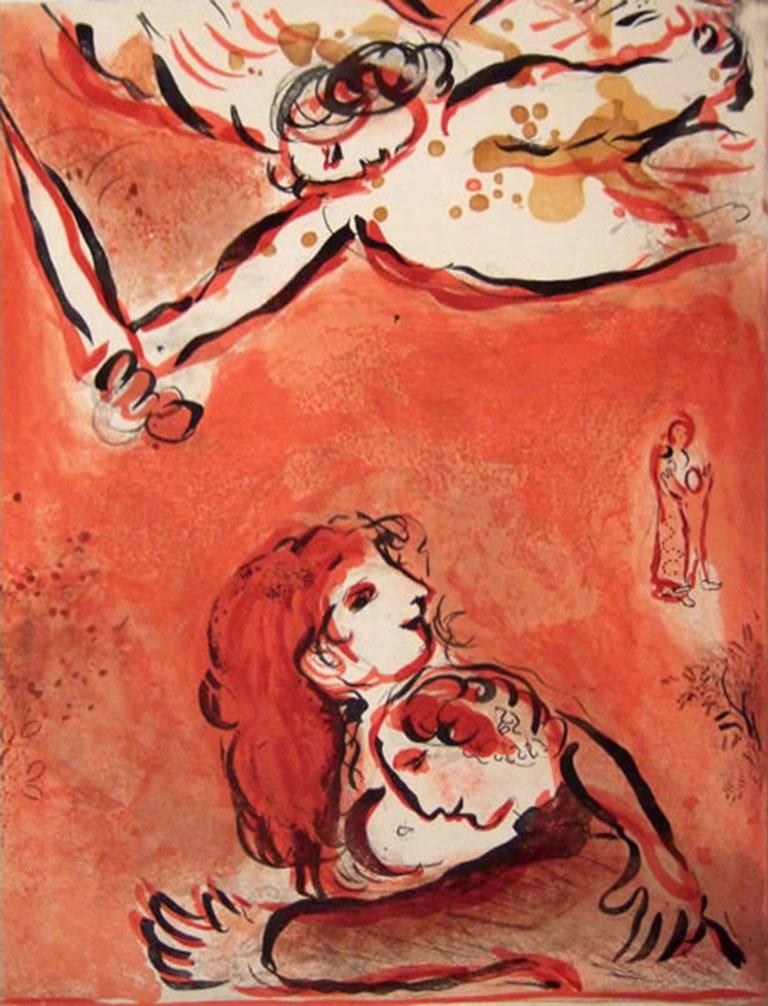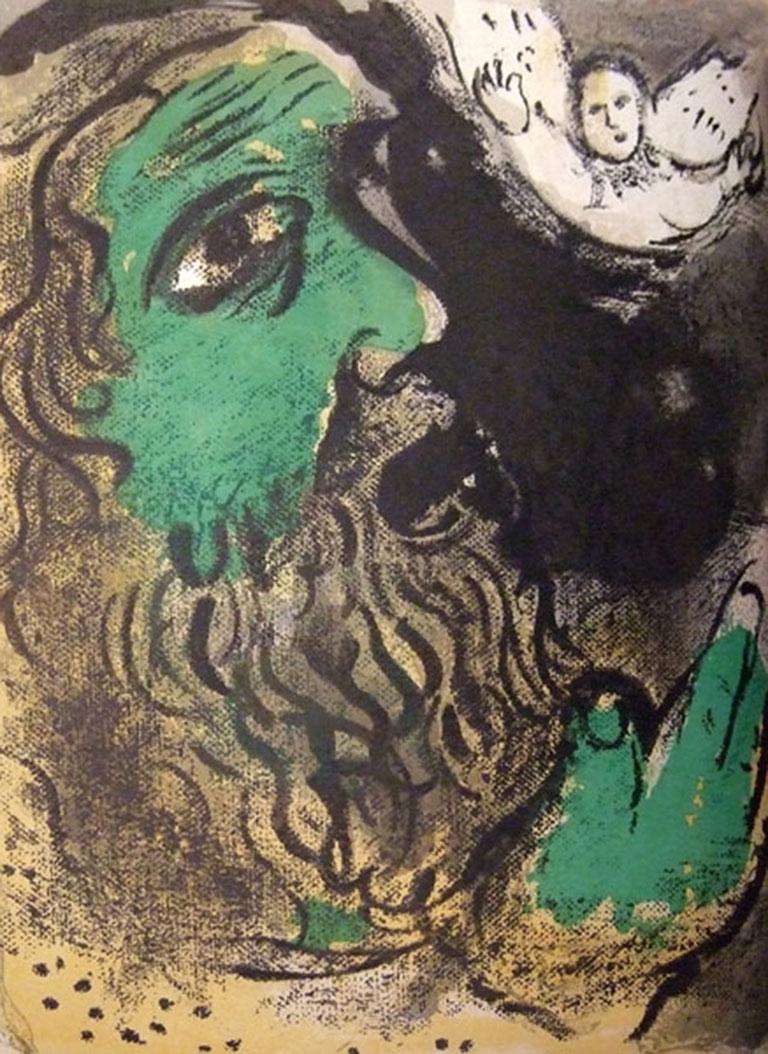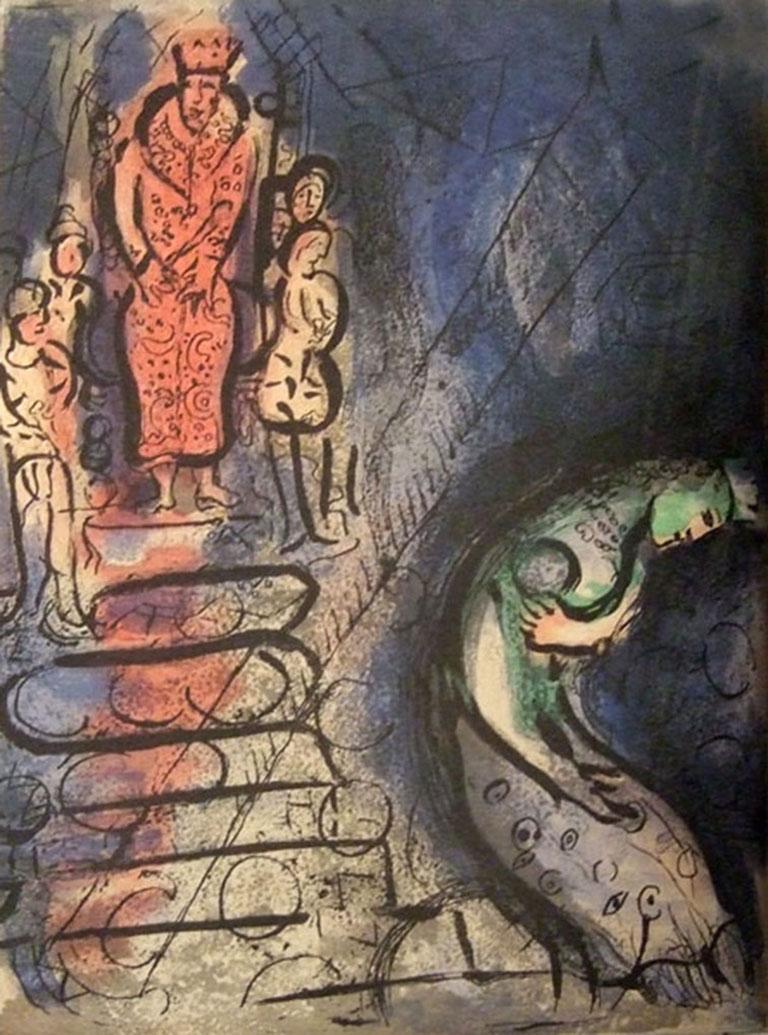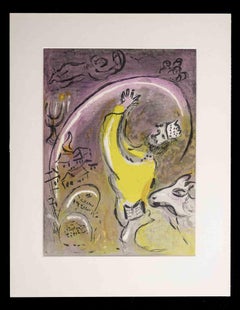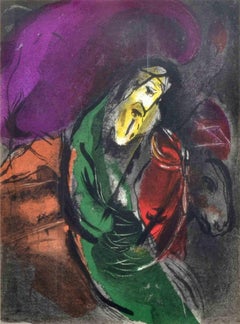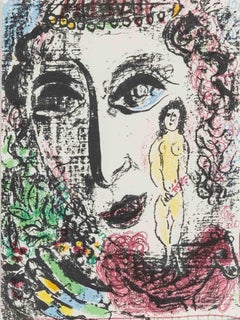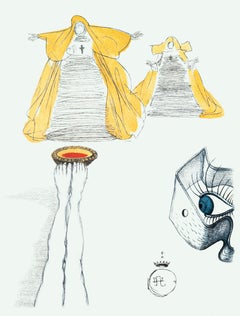
Dali Illustrates Casanova - Plate 6 - Original Lithograph by S. Dalì - 1980
View Similar Items
Salvador DalíDali Illustrates Casanova - Plate 6 - Original Lithograph by S. Dalì - 19801980
1980
About the Item
- Creator:Salvador Dalí (1904 - 1989, Spanish)
- Creation Year:1980
- Dimensions:Height: 18.51 in (47 cm)Width: 12.68 in (32.2 cm)Depth: 0.08 in (2 mm)
- Medium:
- Movement & Style:
- Period:
- Condition:Insurance may be requested by customers as additional service, contact us for more information.
- Gallery Location:Roma, IT
- Reference Number:Seller: M-1069941stDibs: LU65036374792
Salvador Dalí
Instantly recognizable by his waxed, upturned mustache, the flamboyant Salvador Dalí is one of modern art’s most distinctive figures. He is also one of the icons of the 20-century avant-garde Surrealist movement, whose dreamlike images, drawn from the depths of the unconscious, he deployed in paintings, sculptures, prints and fashion, as well as in film collaborations with Luis Buñuel and Alfred Hitchcock.
Dalí was born in Figueres, Catalonia, and even as a youngster, displayed the sensitivity, sharp perception and vivid imagination that would later define his artworks. In these, he conjured childhood memories and employed religious symbols and Freudian imagery like staircases, keys and dripping candles to create unexpected, often shocking pieces.
Dalí's use of hyperrealism in conveying Surrealist symbols and concepts that subvert accepted notions of reality is epitomized in what is perhaps his most recognizable painting, The Persistence of Memory (1931), in which he depicts the fluidity of time through melting clocks, their forms inspired by Camembert cheese melting in the sun. His artistic genius, eccentric personality and eternal quest for fame made him a global celebrity.
“Each morning when I awake, I experience again a supreme pleasure,” he once said. “That of being Salvador Dalí.”
Find original Salvador Dalí paintings, prints, sculptures and other works on 1stDibs.
- Salomon - Plate from The Bible I - Lithograph by Marc Chagall - 1960By Marc ChagallLocated in Roma, ITSalomon - Plate from The Bible I is an original artwork realized by Marc Chagall in 1960. Mixed colored lithograph. Mourlot 131 The artwork is from the series "The Bible". In 19...Category
1960s Surrealist Figurative Prints
MaterialsLithograph
- Le Prophète Jèrémie - Plate from The Bible - Lithograph by Marc Chagall - 1960By Marc ChagallLocated in Roma, ITJèrémie Plate from The Bible is an original artwork realized by Marc Chagall in 1960. Mixed colored lithograph. The artwork is from the series "The Bible" In 1931, on commission f...Category
1960s Surrealist Figurative Prints
MaterialsLithograph
- Performing in the Circus - Lithograph by Marc Chagall - 1960sBy Marc ChagallLocated in Roma, ITPerforming in the circus is an original artwork realized in the 1960s by Marc Chagall. Mixed colored lithograph. The artwork represents a typical compostion in the Chagall style.Category
1960s Surrealist Figurative Prints
MaterialsLithograph
$503 Sale Price30% Off - Starry Sky - Lithograph by Roger Chapelain-Midy - 1962Located in Roma, ITStarry Sky is an Original Litograph realized by Roger Chapelain-Midy in 1962. The beautiful artwork is in good condition. Hand-signed by the artist on the lower right corner. Roge...Category
1970s Surrealist Figurative Prints
MaterialsLithograph
- Tete de Femme - Lithograph by P. Wunderlich - Late 20th CenturyBy Paul WunderlichLocated in Roma, ITTete de Femme is a contemporary artwork realized by Paul Wunderlich (Eberswalde, 1927 – Saint-Pierre-de-Vassolsin, 2010) in late 20th century. Hand-signed on the lower right corner in pencil. Numbered in pencil on the lower left corner: 654/1000. Dry stamp on the left margin. Good conditions. Includes frame: 40 x 30 cm The work depicts one of the typical exemples of the art Wunderlich. During that period, his style became more "fluid", and his poetics interested into feminine bodies and nudes. Paul Wunderlich (Eberswalde, 1927 – Saint-Pierre-de-Vassolsin, 2010). He was a German painter, sculptor and graphic artist. He designed Surrealist paintings and erotic sculptures...Category
Late 20th Century Surrealist Figurative Prints
MaterialsLithograph
- Science Fiction - Lithograph and etching by Sergio Sarri - 1978By Sergio SarriLocated in Roma, ITScience Fiction is an artwork realized by Sergio Sarri in 1978 . Colored lithograph and etching on paper. Hand-signed and dated by the artist on the lower right. Numbered on lower left. Edition 64/180. Good conditions, except for some very light folds along the margins. This contemporary artwork represents a surreal composition where the artist, like in most of his artworks, refers to not only avant-garde art, but also elements from languages that are considered "minor", such as comic strips, illustrations, and cinema genre. Sarri also enjoys collecting advertising...Category
1970s Surrealist Figurative Prints
MaterialsEtching, Lithograph
- Salome, Surrealist Lithograph by Rufino TamayoBy Rufino TamayoLocated in Long Island City, NYArtist: Rufino Tamayo (Mexican, 1899-1991) Title: Salome Year: 1983 Medium: Color Lithograph, signed and numbered in pencil Edition: 250, 10 AP, 5 HC Size: 30 x 22 in. (76.2 x...Category
1980s Surrealist Figurative Prints
MaterialsLithograph
- Marc Chagall - Original LithographBy Marc ChagallLocated in Collonge Bellerive, Geneve, CHMarc Chagall Original Lithograph 1963 Dimensions: 32 x 24 cm Reference: Chagall Lithographe 1957-1962. VOLUME II. Unsigned edition of over 5,000 Condition : Excellent Marc Chagall (born in 1887) Marc Chagall was born in Belarus in 1887 and developed an early interest in art. After studying painting, in 1907 he left Russia for Paris, where he lived in an artist colony on the city’s outskirts. Fusing his own personal, dreamlike imagery with hints of the fauvism and cubism popular in France at the time, Chagall created his most lasting work—including I and the Village (1911)—some of which would be featured in the Salon des Indépendants exhibitions. After returning to Vitebsk for a visit in 1914, the outbreak of WWI trapped Chagall in Russia. He returned to France in 1923 but was forced to flee the country and Nazi persecution during WWII. Finding asylum in the U.S., Chagall became involved in set and costume design before returning to France in 1948. In his later years, he experimented with new art forms and was commissioned to produce numerous large-scale works. Chagall died in St.-Paul-de-Vence in 1985. The Village Marc Chagall was born in a small Hassidic community on the outskirts of Vitebsk, Belarus, on July 7, 1887. His father was a fishmonger, and his mother ran a small sundries shop in the village. As a child, Chagall attended the Jewish elementary school, where he studied Hebrew and the Bible, before later attending the Russian public school. He began to learn the fundamentals of drawing during this time, but perhaps more importantly, he absorbed the world around him, storing away the imagery and themes that would feature largely in most of his later work. At age 19 Chagall enrolled at a private, all-Jewish art school and began his formal education in painting, studying briefly with portrait artist Yehuda Pen. However, he left the school after several months, moving to St. Petersburg in 1907 to study at the Imperial Society for the Protection of Fine Arts. The following year, he enrolled at the Svanseva School, studying with set designer Léon Bakst, whose work had been featured in Sergei Diaghilev's Ballets Russes. This early experience would prove important to Chagall’s later career as well. Despite this formal instruction, and the widespread popularity of realism in Russia at the time, Chagall was already establishing his own personal style, which featured a more dreamlike unreality and the people, places and imagery that were close to his heart. Some examples from this period are his Window Vitebsk (1908) and My Fianceé with Black Gloves (1909), which pictured Bella Rosenfeld, to whom he had recently become engaged. The Beehive Despite his romance with Bella, in 1911 an allowance from Russian parliament member and art patron Maxim Binaver enabled Chagall to move to Paris, France. After settling briefly in the Montparnasse neighborhood, Chagall moved further afield to an artist colony known as La Ruche (“The Beehive”), where he began to work side by side with abstract painters such as Amedeo Modigliani and Fernand Léger as well as the avant-garde poet Guillaume Apollinaire. At their urging, and under the influence of the wildly popular fauvism and cubism, Chagall lightened his palette and pushed his style ever further from reality. I and the Village (1911) and Homage to Apollinaire (1912) are among his early Parisian works, widely considered to be his most successful and representative period. Though his work stood stylistically apart from his cubist contemporaries, from 1912 to 1914 Chagall exhibited several paintings at the annual Salon des Indépendants exhibition, where works by the likes of Juan Gris, Marcel Duchamp and Robert Delaunay were causing a stir in the Paris art world. Chagall’s popularity began to spread beyond La Ruche, and in May 1914 he traveled to Berlin to help organize his first solo exhibition, at Der Sturm Gallery. Chagall remained in the city until the highly acclaimed show opened that June. He then returned to Vitebsk, unaware of the fateful events to come. War, Peace and Revolution In August 1914 the outbreak of World War I precluded Chagall’s plans to return to Paris. The conflict did little to stem the flow of his creative output, however, instead merely giving him direct access to the childhood scenes so essential to his work, as seen in paintings such as Jew in Green (1914) and Over Vitebsk (1914). His paintings from this period also occasionally featured images of the war’s impact on the region, as with Wounded Soldier (1914) and Marching (1915). But despite the hardships of life during wartime, this would also prove to be a joyful period for Chagall. In July 1915 he married Bella, and she gave birth to a daughter, Ida, the following year. Their appearance in works such as Birthday (1915), Bella and Ida by the Window (1917) and several of his “Lovers” paintings give a glimpse of the island of domestic bliss that was Chagall’s amidst the chaos. To avoid military service and stay with his new family, Chagall took a position as a clerk in the Ministry of War Economy in St. Petersburg. While there he began work on his autobiography and also immersed himself in the local art scene, befriending novelist Boris Pasternak, among others. He also exhibited his work in the city and soon gained considerable recognition. That notoriety would prove important in the aftermath of the 1917 Russian Revolution when he was appointed as the Commissar of Fine Arts in Vitebsk. In his new post, Chagall undertook various projects in the region, including the 1919 founding of the Academy of the Arts. Despite these endeavors, differences among his colleagues eventually disillusioned Chagall. In 1920 he relinquished his position and moved his family to Moscow, the post-revolution capital of Russia. In Moscow, Chagall was soon commissioned to create sets and costumes for various productions at the Moscow State Yiddish...Category
1960s Surrealist Figurative Prints
MaterialsLithograph
- Salvador Dali - The Vision - Original LithographBy Salvador DalíLocated in Collonge Bellerive, Geneve, CHSalvador Dali - The Vision - Original Lithograph Joseph FORET, Paris, 1957 PRINTER : Detruit. SIGNATURE : plate signed by Dali. LIMITED : 233 copies. SIZE : 41 x 33 cm REFERENCES ...Category
1950s Surrealist Figurative Prints
MaterialsLithograph
- Salvador Dali - Dawn - Original LithographBy Salvador DalíLocated in Collonge Bellerive, Geneve, CHSalvador Dali - Dawn - Original Lithograph Joseph FORET, Paris, 1957 PRINTER : Guillard SIGNATURE : plate signed by Dali. LIMITED : 233 copies. SIZE : 41 x 33 cm REFERENCES : Fiel...Category
1950s Surrealist Figurative Prints
MaterialsLithograph
- Pablo Picasso, "Carnet de la Californie", original lithographBy Pablo PicassoLocated in Chatsworth, CAThis piece is an original crayon lithograph on transfer paper created by Pablo Picasso in 1959. The zinc in this piece has been re-worked with crayon marks and this composition was u...Category
1950s Surrealist Figurative Prints
MaterialsLithograph
- Autobus, Lithograph by Alejandro ColungaBy Alejandro ColungaLocated in Long Island City, NYArtist: Alejandro Colunga, Mexican (1948 - ) Title: Autobus Year: 1979 Medium: Lithograph on Arches, signed and numbered in pencil Edition: 110 Size: 25 x 36 in. (63.5 x 91.44 cm)Category
1980s Surrealist Figurative Prints
MaterialsLithograph
